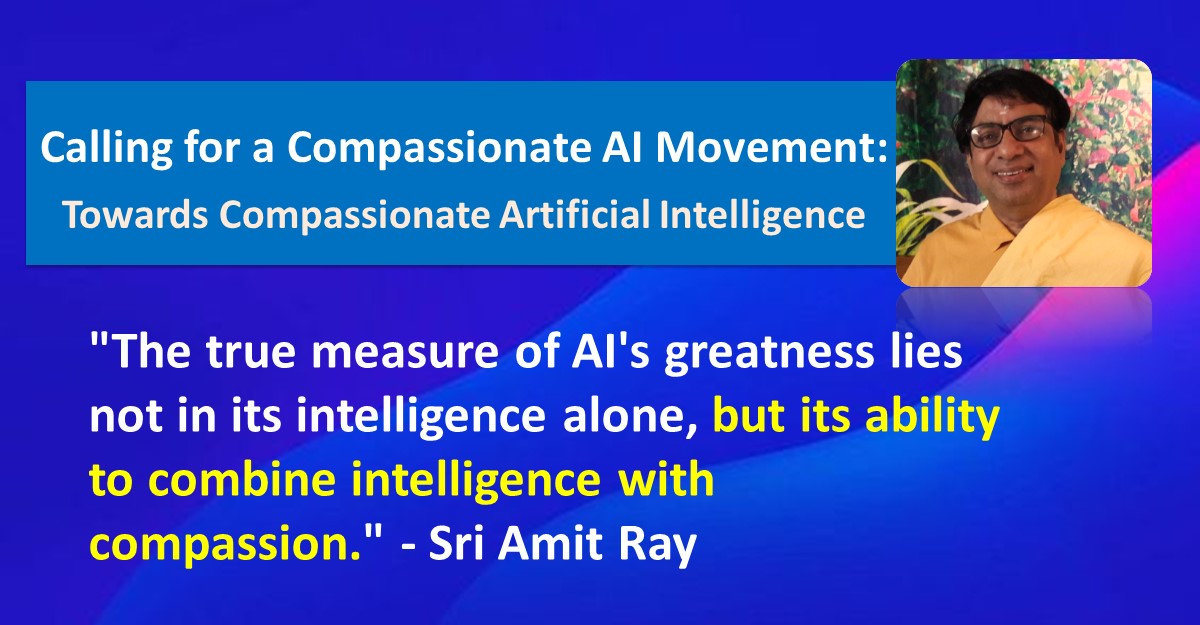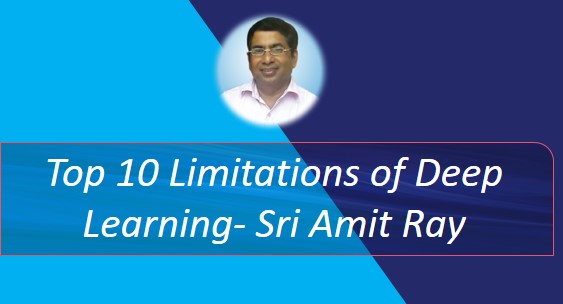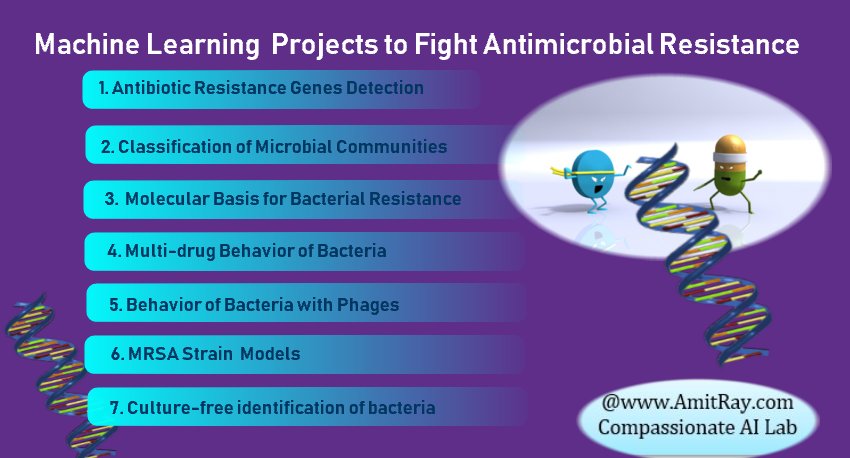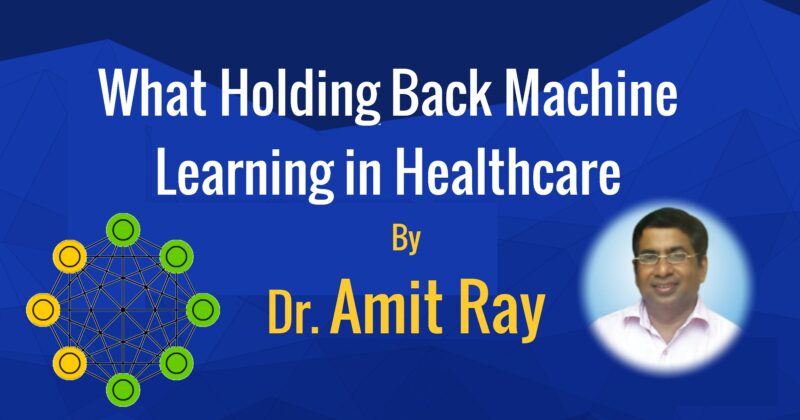Ethical Responsibilities in Large Language AI Models: GPT-3, GPT-4, PaLM 2, LLaMA, Chinchilla, Gopher, and BLOOM
Large-language AI models like GPT-3, GPT-4, PaLM 2, LLaMA, Chinchilla, Gopher, and BLOOM have changed the field of artificial intelligence in a big way. However, ethical considerations are the biggest challenge for large-language AI models. These models are very good at generating language and have a huge amount of promise to serve humanity. But with a lot of power comes a lot of responsibility, and it’s important to look into the social issues that come up when making and using these cutting-edge language models.
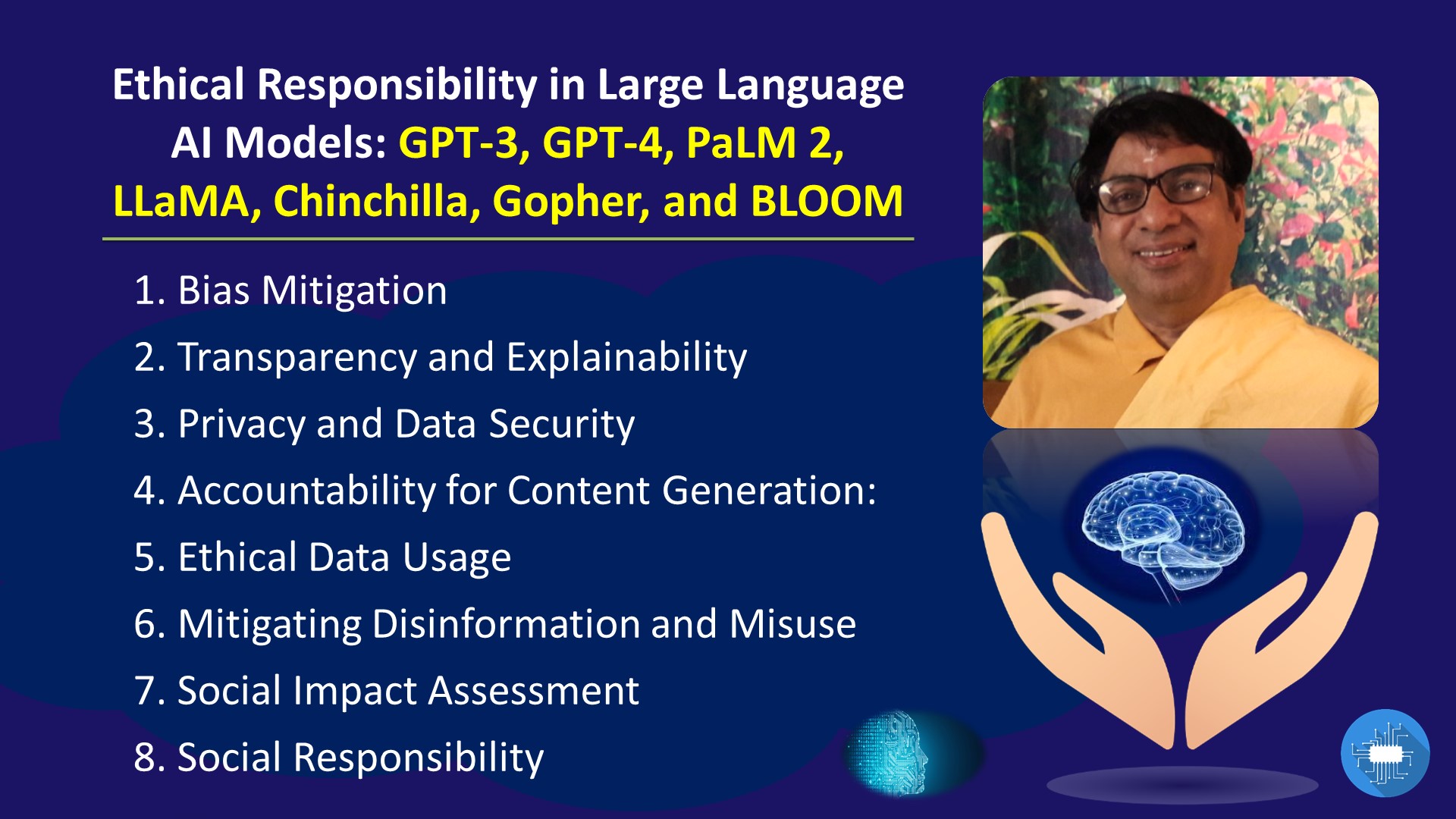
Ethical Responsibility in Large Language AI Models
In this article, we explore the ethical considerations surrounding large language AI models, specifically focusing on notable models like GPT-3, GPT-4, PaLM 2, LLaMA, Chinchilla, Gopher, and BLOOM. If not carefully addressed now, the immense power and influence of these types of models can inadvertently promote biases and other chaos in the human society.
By critically examining the ethical implications of large language AI models, we aim to shed light on the importance of addressing these concerns proactively. These models possess the ability to generate vast amounts of text, which can significantly impact society and shape public opinion. However, if not appropriately managed, this power can amplify biases, reinforce stereotypes, and contribute to the spread of misinformation. Read More »Ethical Responsibilities in Large Language AI Models: GPT-3, GPT-4, PaLM 2, LLaMA, Chinchilla, Gopher, and BLOOM
